The Muslimabad Society in Karachi is a thriving community center, evolving from a small gathering to a bustling hub that seamlessly integrates faith, education, and social welfare. As a vibrant tapestry woven with cultural heritage, it fosters social cohesion through diverse programs catering to all age groups. Its architectural design encourages interaction among residents, reflecting Karachi's rich cultural landscape. Revitalizing such community centers is vital for enhancing social engagement, preserving culture, and strengthening intergenerational bonds across the diverse neighborhoods of Karachi.
“Explore the vibrant tapestry of Karachi’s Muslimabad Society through its community centers, integral spaces fostering unity and growth. This article delves into the historical context of this diverse neighborhood, uncovering the profound impact of community hubs on its social fabric. We examine the architectural designs that symbolize unity, and the programs they host, connecting residents. Furthermore, we navigate challenges and propose future strategies to enhance community engagement, ensuring Muslimabad’s vibrant spirit endures in the ever-evolving city of Karachi.”
- Understanding Muslimabad Society: A Historical Perspective
- The Role and Impact of Community Centers in Karachi
- Architectural Significance: Designing Spaces for Unity
- Programs and Activities: Fostering Connection and Growth
- Challenges and Future Directions: Strengthening Community Engagement in Karachi
Understanding Muslimabad Society: A Historical Perspective
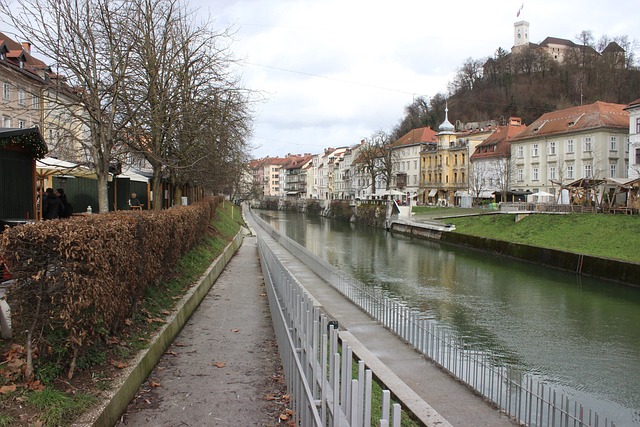
Muslimabad Society, located in the vibrant city of Karachi, is a testament to the rich cultural heritage and strong community bonds that have historically characterized this diverse metropolis. Established decades ago, the society has evolved from a small gathering of like-minded individuals to a bustling hub catering to the needs of its members. Over time, it has become a vibrant tapestry woven with threads of faith, education, and social welfare.
The historical perspective of Muslimabad Society reveals a community that has navigated through various socio-economic changes in Karachi. From its humble beginnings, the society has adapted and expanded its services, reflecting the dynamic nature of the city itself. This resilience and adaptability have enabled it to become a pivotal space for fostering connections, promoting cultural exchange, and providing support to its residents, making it an integral part of Karachi’s social landscape.
The Role and Impact of Community Centers in Karachi
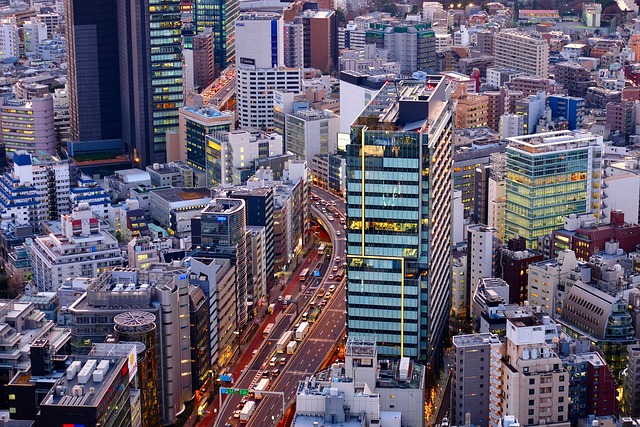
Community centers play a pivotal role in the social fabric of Karachi, serving as vibrant hubs for connection and empowerment within the diverse Muslimabad Society. These spaces offer more than just a gathering place; they foster a sense of community, provide essential services, and facilitate cultural exchange. Members of the neighborhood find support, engage in educational programs, participate in recreational activities, and access vital resources all under one roof.
In Karachi’s bustling landscape, community centers act as oases, especially for marginalized groups, offering safe havens where they can come together, share experiences, and build a collective identity. They contribute significantly to social cohesion by bridging cultural gaps, promoting understanding, and encouraging dialogue between different segments of the population. The impact is profound, creating a more unified and supportive community in the heart of this vibrant metropolis.
Architectural Significance: Designing Spaces for Unity
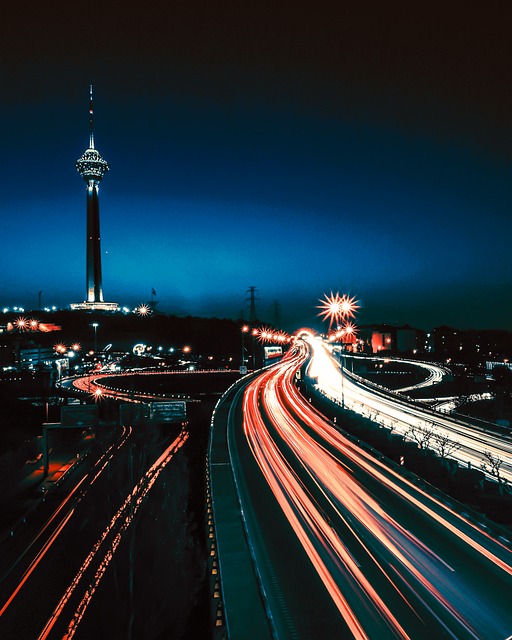
The architectural design of community centers plays a pivotal role in fostering unity and cultural identity, especially within diverse urban landscapes like Karachi. In the case of Muslimabad Society, the center’s structure is a testament to its commitment to creating inclusive spaces. The building’s aesthetics and layout are carefully crafted to cater to various activities and gatherings, ensuring every member of the community feels welcome and connected.
By incorporating open, communal areas and dedicated rooms for specific purposes, the center promotes interaction and collaboration among residents from all walks of life. This thoughtful design encourages a sense of belonging and strengthens the social fabric of Muslimabad Society, mirroring the vibrant cultural tapestry of Karachi itself.
Programs and Activities: Fostering Connection and Growth
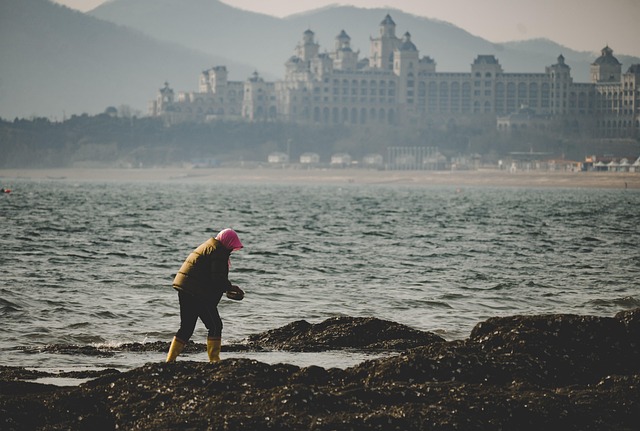
The community centers in Muslimabad Society, Karachi, are vibrant hubs that offer a wide array of programs and activities aimed at fostering connection and growth among residents. From educational workshops and cultural events to sports leagues and arts classes, these centers cater to diverse interests and age groups. The bustling atmosphere encourages interaction, enabling neighbors from all walks of life to come together, share experiences, and build strong community bonds.
Through these initiatives, the centers play a pivotal role in enhancing social cohesion, particularly in a metropolitan city like Karachi known for its diverse population. Whether it’s hosting storytelling sessions for children, organizing intergenerational gatherings, or arranging skill-sharing workshops, each activity is designed to create an inclusive environment that nurtures personal growth and fosters a sense of belonging within the Muslimabad Society community.
Challenges and Future Directions: Strengthening Community Engagement in Karachi
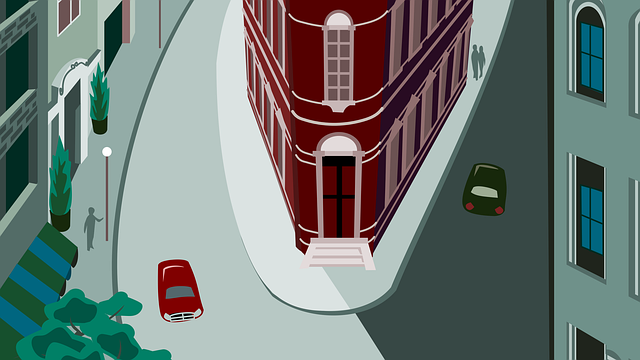
Despite its vibrant cultural fabric, Karachi faces challenges in fostering strong community engagement, especially within diverse neighborhoods like Muslimabad Society. One significant hurdle is the lack of centralized spaces where residents can gather and connect. Many areas lack well-equipped community centers that could serve as hubs for social interaction, cultural events, and educational initiatives. This gap hinders the development of a cohesive sense of belonging and limits opportunities for intergenerational bonding.
Looking ahead, the future of Karachi’s community engagement lies in revitalizing these spaces. By creating inclusive and accessible community centers tailored to the unique needs of Muslimabad Society, residents can actively participate in shaping their neighborhood’s identity. These centers could offer programs that promote youth development, cultural preservation, and interfaith dialogue, thereby strengthening social cohesion and enhancing the overall quality of life for all Karachiites.
The community centers in Muslimabad Society, Karachi, stand as vibrant hubs that have significantly contributed to the city’s social landscape. By understanding the historical context and architectural design of these spaces, we appreciate their role in fostering unity and connection within diverse communities. Through various programs and activities, these centers have not only enhanced social cohesion but also addressed challenges specific to Karachi’s urban environment. Looking ahead, there is immense potential for these community centers to continue thriving and evolving, solidifying their importance as the heart of neighborhood engagement and development in the vibrant metropolis that is Karachi.
